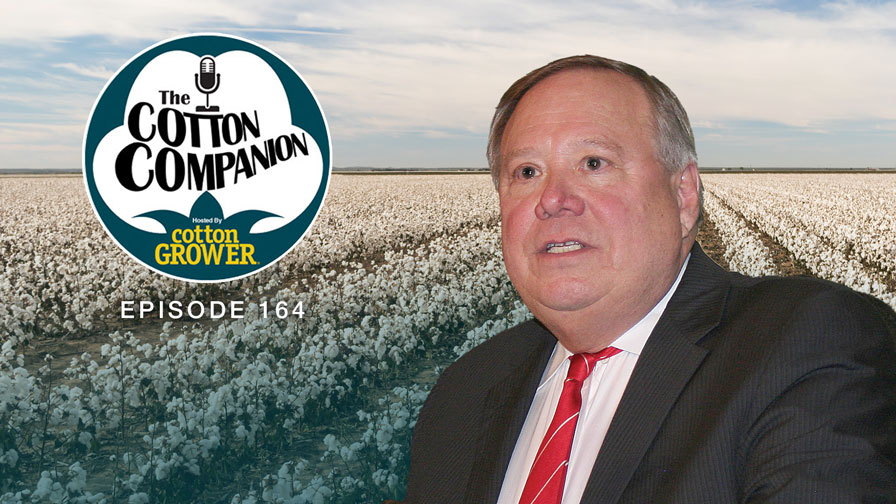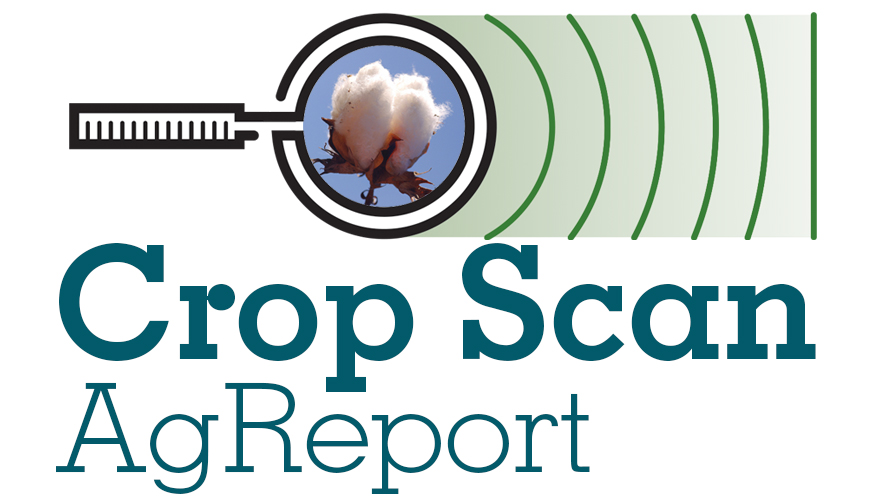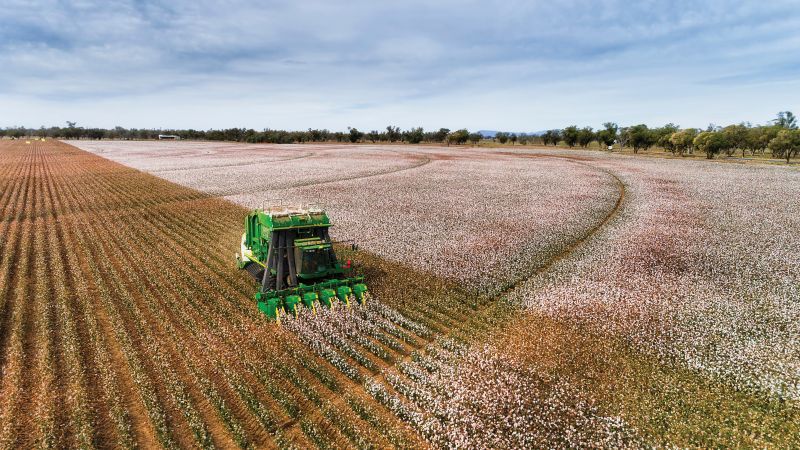Introduction of New Egyptian Cotton Varieties
| Important New Egyptian Varieties and Promising Crosses |
| Extra Long Staple Cottons Giza 84*(Giza 74*Giza 68): (currently Giza 92) A new variety represents the highest level of fiber strength in the world (50-53 g/tex). Fine and mature (mike value = 3.6, MR = 0.93). Having high spinning potential better than Giza 70, white color and luster is its merit. Surpasses Giza 70 and Giza 88 in productivity. It was already grown in 85 acres in 2009 season and is expected to be expanded to a larger area in the future. |
| Giza 77* S6 A promising cross represents the highest level of quality in extra long-extra fine cottons; just like Giza 45 in fiber quality, spinning potential, spinning performance, but has double its productivity. It is very fine but mature (mike value = 3.0, MR = 0.93); its fiber strength is very high (49.0 g/ tex) with very low short fiber content. Giza 77*S6 is already under seed increasing and multiplication. |
| Giza 84*(Giza 70/51b)*S62 An ELS promising cross represents high level of fiber length (36.5 mm.), very high UI (89%), fine and mature (mike value = 4.0, MR = 0.94), fiber strength 47 g/tex and more. Its spinning potential is better than Giza 70, white lint color is among its merits. The cross represents high lint yield potential “1400 kg/ha” and the highest lint percentage in the ELS Egyptian cotton (40%). |
| Delta Long Staple “LS” Cottons Egyptian cotton breeders have directed more efforts towards enhancing fiber quality of the Delta LS cottons. They are very successful in increasing the Upper Half Mean length, uniformity and strength of these cottons, being characterized by the maximum length of the LS category. In addition, the strength level is very close to the strength of the ELS cottons which enables the Delta LS cottons to compete with the ELS cottons in spinning performance and yarn quality. |
| (Giza 89 * Giza 86) A promising cross represents higher yield potential (1600kg/ha), higher spinning potential, spinning performance and yarn quality than Giza 86. This promising cross represents a high level of fiber strength (46 g/tex), fineness (4.3 mike value), length (33 mm), uniformity index (88%) and white lint color is among its merits. It is ready to occupy a part of the cotton area in Egypt. |
| (Giza 75*Sea) A promising cross characterized by very high spinning potential. This promising cross represents high level of fiber strength (44g/tex), fine (4.0 mike value), length (33.5 mm), uniformity index (89%) and white lint color is among its merits. The cross was isolated in 2007 and could be released after three to four years. |
| (10229*Giza 86) A cross under evaluation. Trials indicated it surpassed Giza 86 and other Delta long staple cottons in yield and quality. The cross could be released to be a new variety after four to five years. |
| Middle and Upper Egypt Long Staple Cottons (Giza 90*Australian) A promising cross that showed higher yield potential than both Giza 80 and Giza 90 (1700kg/ha). It is of better quality than Giza 90, and it is early mature and tolerant to high temperature. The cross isolated in 2007 and could be released after three to four years. |
| Giza 83*(Giza 75* 5844* Giza 80) A cross under evaluation. The trials indicated that it is of higher yield potential than Giza 80 and Giza 90 (1620kg/ha), and fits the requirements of the local textile industry. |
| Giza 90/Giza 91 A promising cross that showed higher yield potential (1600kg/ha) and acceptable levels of fiber quality and spinning performance. Moreover, it is tolerant to high temperature and aggressive climate in Upper Egypt zones. |
Improving the yield and quality of Egyptian cotton by introducing new varieties is one of the most important objectives of the Cotton Research Institute (CRI) in Egypt.
The goal of introducing a new variety is to replace a current variety with a new one that shows significant improvement in productivity, quality and resistance to relevant diseases and pests, in addition to matching the requirements of the domestic and international textile industry.
CRI adopts a unique breeding program that depends on evaluating the productivity, quality and resistance to diseases (such as Fusarium wilt) and pests of the single plants and bulks of the pedigrees in the program.
The breeding program in CRI provides and introduces a series of new long staple (LS) and extra long staple (ELS) promising crosses which will be new varieties to replace the current commercial ones in a continuous dynamic process.
Promising crosses are subjected to comparative yield and quality evaluation trials over a wide range of environments to assure their superiority to the current commercial varieties in yield and quality, and to ensure the agro-climatic zones suit its production well.
photo:
Dr. Mohamed A. Aziz








